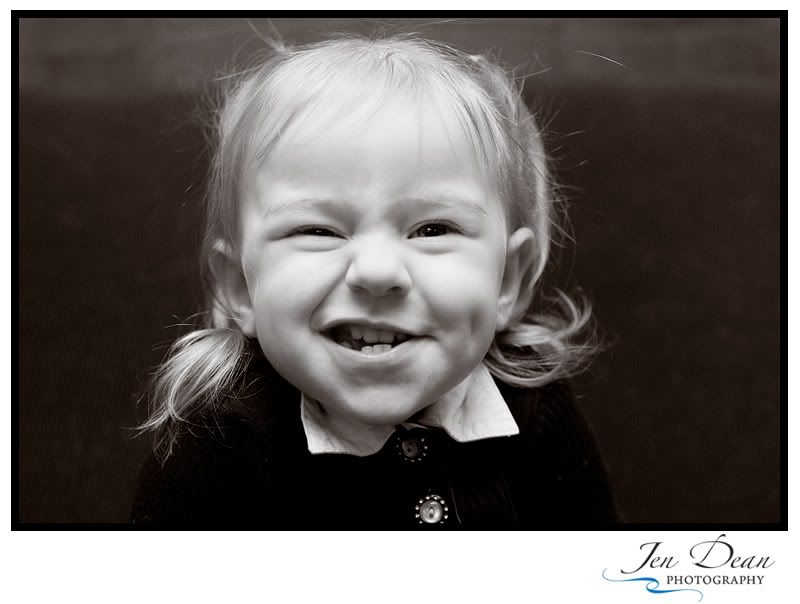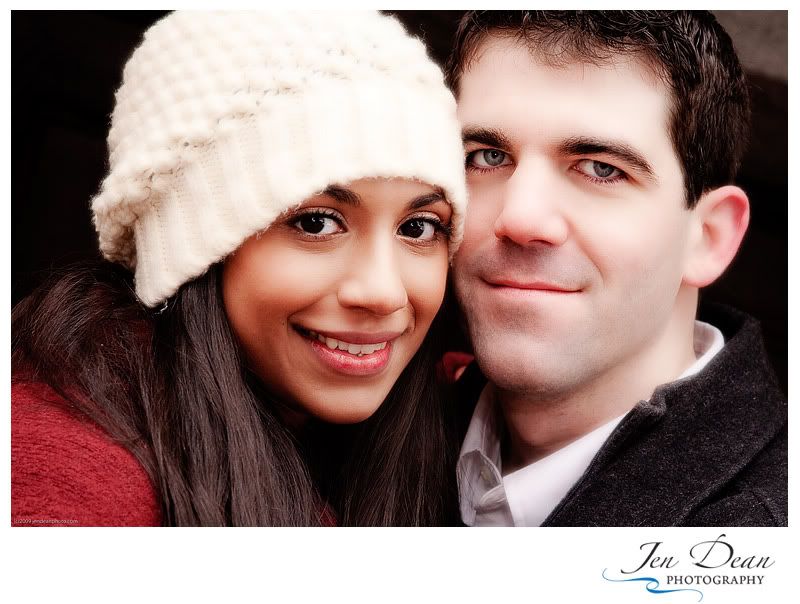i have been meaning to post some 'tips' for those of you that want to be better photographers. let's say you have a new dslr camera and you want to take your photography to the next level. now you have a camera that does all kinds of cool stuff and you are not sure how to make that cool stuff happen.
have no fear! with a little help and lots of practice (i won't lie...it IS all about practice) you can improve your skills. and you WILL improve your photography with practice and some tutorials to help you along! so here is a site that you can join. it has lots of tips and tricks for beginners. the site is really useful and you can use it to look up photography questions.
it is called
digital photography school and here is an
article about the different metering modes that all dslr cameras have. it is really important to know what these settings do to change your photos. I will reprint some of the article here, but for the full article with photos please click the above link (the word article, in blue) that will take you to the digital photography school site.
Metering Modes Explained
A Guest Post by Laura Charon from Beyond Megapixels.
On today’s digital cameras, users have the ability to choose and adjust the metering mode, or how the camera measures the brightness of the subject. Metering settings work by assessing the amount of light available for a photograph, and then adjusting the exposure accordingly. Sometimes, however, the camera isn’t intuitive enough to get the exposure right when using Program, Shutter Priority, or Aperture Priority modes. Fortunately, the photographer has the ability to make manual adjustments to the metering mode used by the camera. (Refer to your individual owner’s manual to learn how to change the settings on your camera.)
Evaluative Metering (on Canon cameras), or Evaluative/Matrix Metering (on Nikon cameras) – This is the “default” setting on most cameras. The camera sets the metering automatically to suit the scene and subject of the photograph. The entire scene within the camera’s viewfinder is utilized to assess the appropriate metering. This is the mode to use when you’re not sure which mode the scene will require.
Canon Digital Rebel XTi, 50mm f/1.4 lens, RAW file format, SOOC - Exposure: 1/30, ISO 200, Shot in Program Mode, Evaluative Metering
Partial Metering (on Canon cameras), or Spot Metering (on Nikon cameras) – This type of metering is helpful for photographing back-lit subjects. The metering is weighted according to the very center of the shot – a very small area of the frame. Use this mode when you have a very specific area of the photograph that you wish the exposure to be based upon.
Center-Weighted Average Metering (on Canon cameras), or Center-Weighted Metering (on Nikon cameras) – This metering setting gives priority to the center portion of the photograph, but also takes the surrounding portions of the shot into consideration. Basically, this is somewhere in between Evaluative and Partial Metering. Use this setting when the subject is in the center of the photograph and exposed correctly, so that the subject is not affected by the exposure of the background.

















